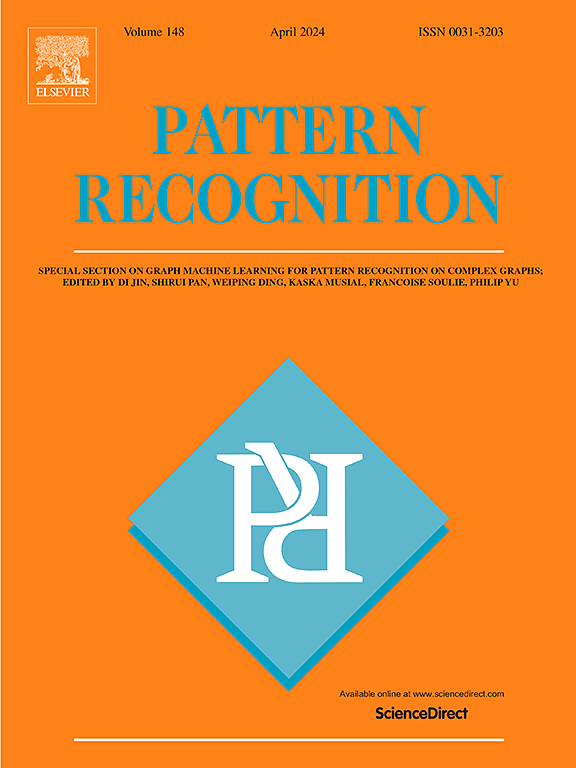MDFCL: Multimodal data fusion-based graph contrastive learning framework for molecular property prediction
IF 7.5
1区 计算机科学
Q1 COMPUTER SCIENCE, ARTIFICIAL INTELLIGENCE
引用次数: 0
Abstract
Molecular property prediction is a critical task with substantial applications for drug design and repositioning. The multiplicity of molecular data modalities and paucity of labeled data present significant challenges that affect algorithmic performance in this domain. Nevertheless, conventional approaches typically focus on singular data modalities and ignore either hierarchical structural features or other data pattern information, leading to problems when expressing complex phenomena and relationships. Additionally, the scarcity of labeled data obstructs the accurate mapping of instances to labels in property prediction tasks. To address these issues, we propose the Multimodal Data Fusion-based graph Contrastive Learning framework (MDFCL) for molecular property prediction. Specifically, we incorporate exhaustive information from dual molecular data modalities, namely graph and sequence structures. Subsequently, adaptive data augmentation strategies are designed based on the molecular backbones and side chains for multimodal data. Built upon these augmentation strategies, we develop a graph contrastive learning framework and pre-train it with unlabeled data ( 10M molecules). MDFCL is tested using 13 molecular property prediction benchmark datasets, demonstrating its effectiveness through empirical findings. In addition, a visualization study demonstrates that MDFCL can embed molecules into representative features and steer the distribution of molecular representations.

求助全文
约1分钟内获得全文
求助全文
来源期刊

Pattern Recognition
工程技术-工程:电子与电气
CiteScore
14.40
自引率
16.20%
发文量
683
审稿时长
5.6 months
期刊介绍:
The field of Pattern Recognition is both mature and rapidly evolving, playing a crucial role in various related fields such as computer vision, image processing, text analysis, and neural networks. It closely intersects with machine learning and is being applied in emerging areas like biometrics, bioinformatics, multimedia data analysis, and data science. The journal Pattern Recognition, established half a century ago during the early days of computer science, has since grown significantly in scope and influence.
 求助内容:
求助内容: 应助结果提醒方式:
应助结果提醒方式:


